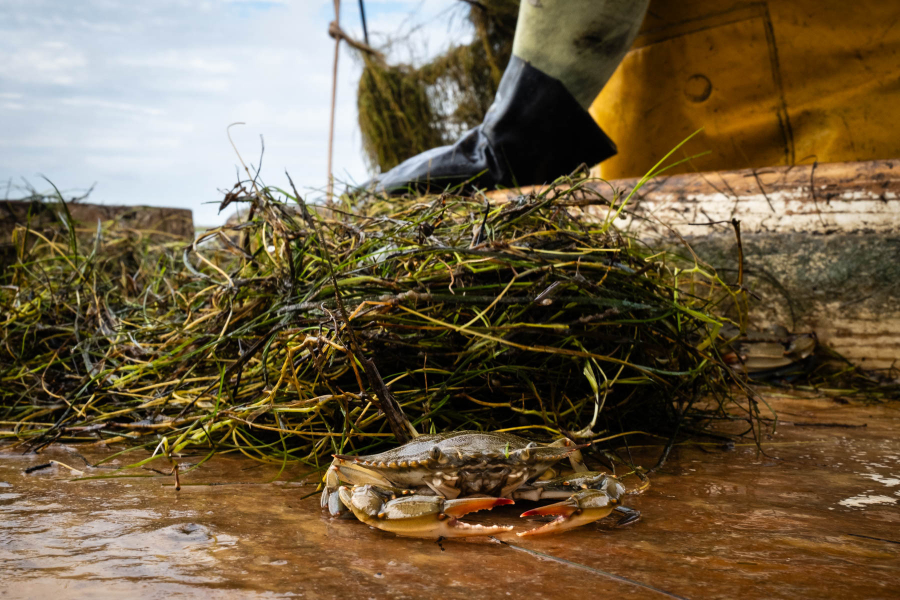Chesapeake Bay Program notes 12% increase in underwater grass abundance, continues work toward its ambitious restoration goals
Increases attributed to below-average rainfall and cooler summer weather

Increases attributed to below-average rainfall and cooler summer weather
